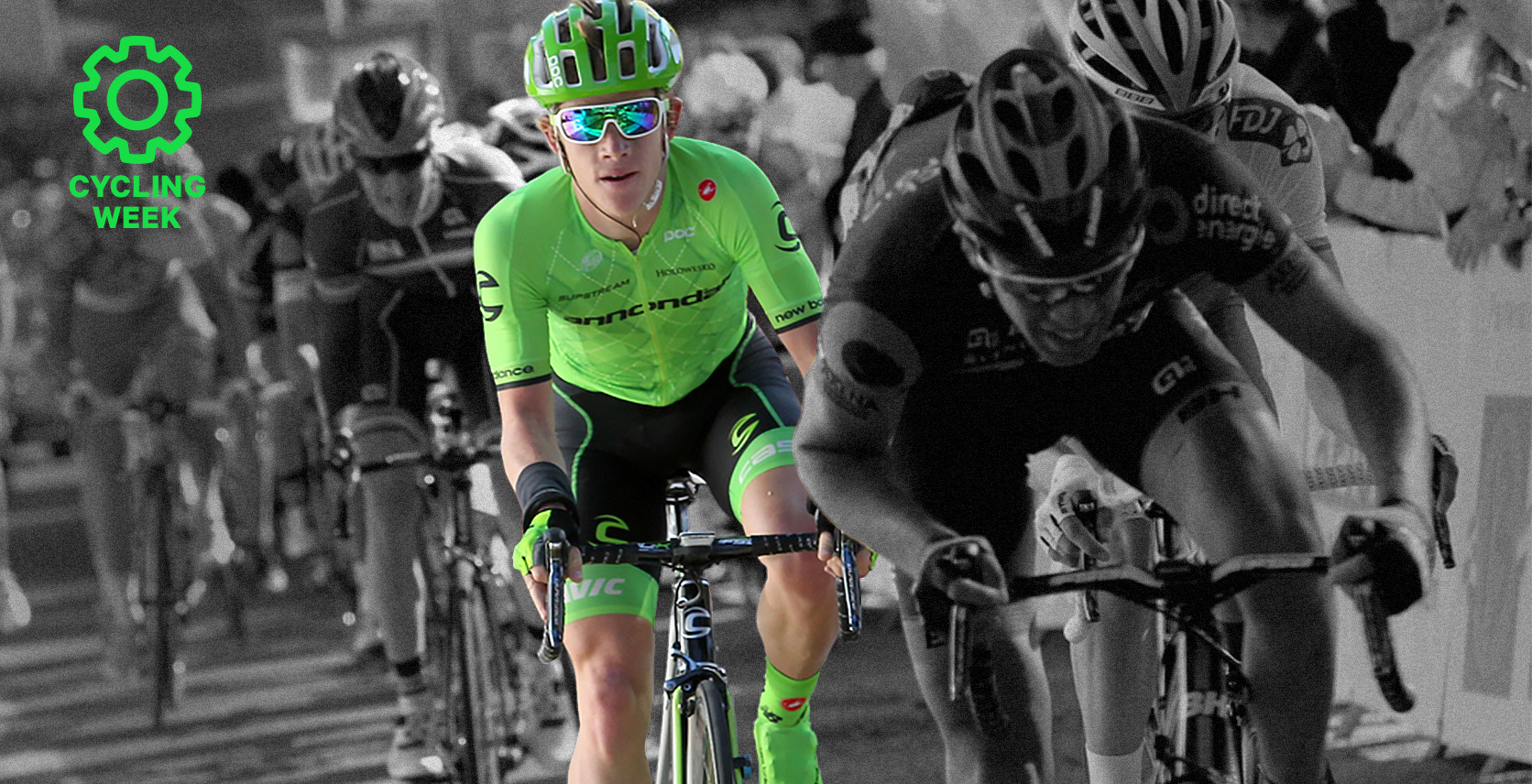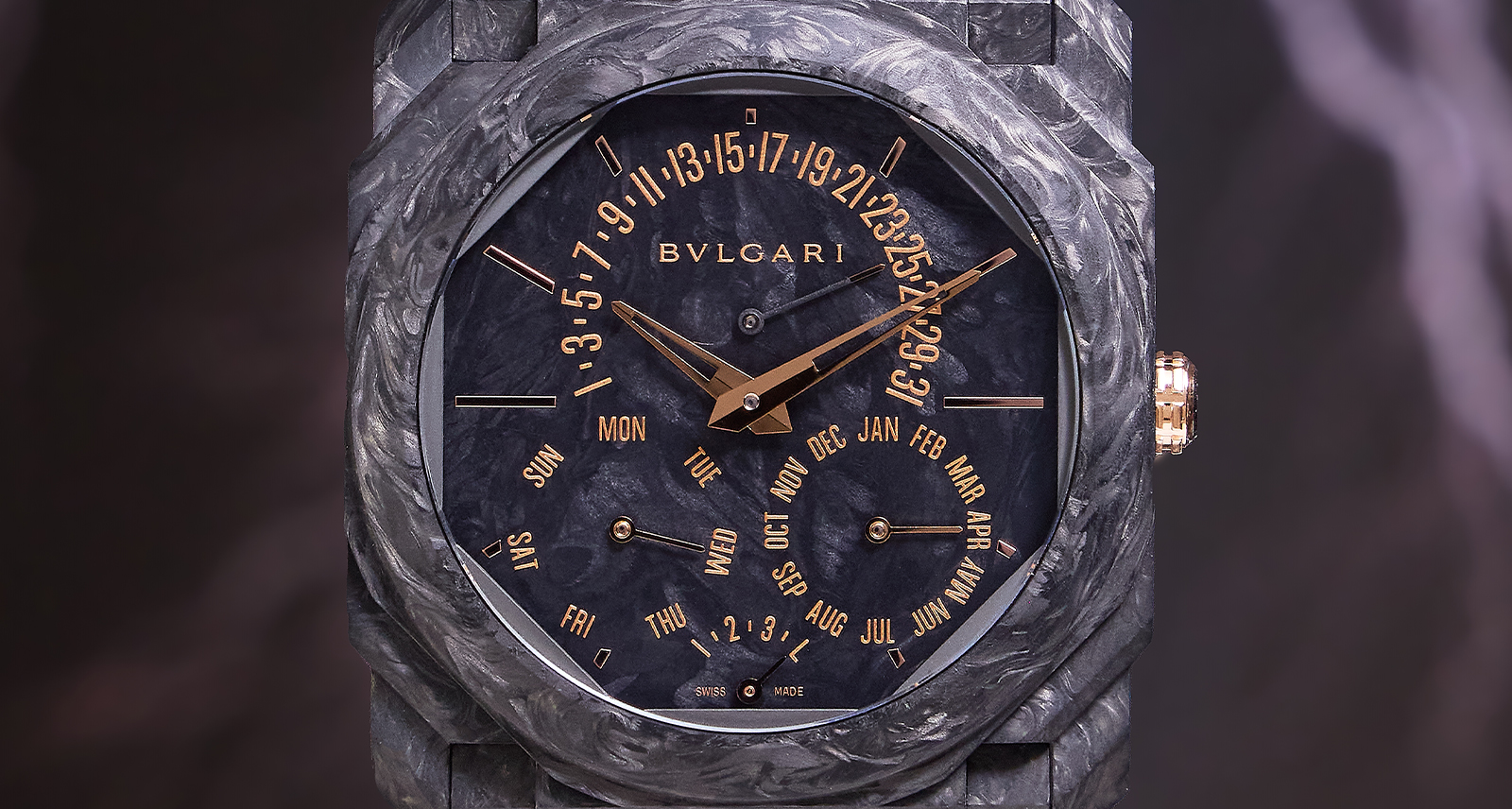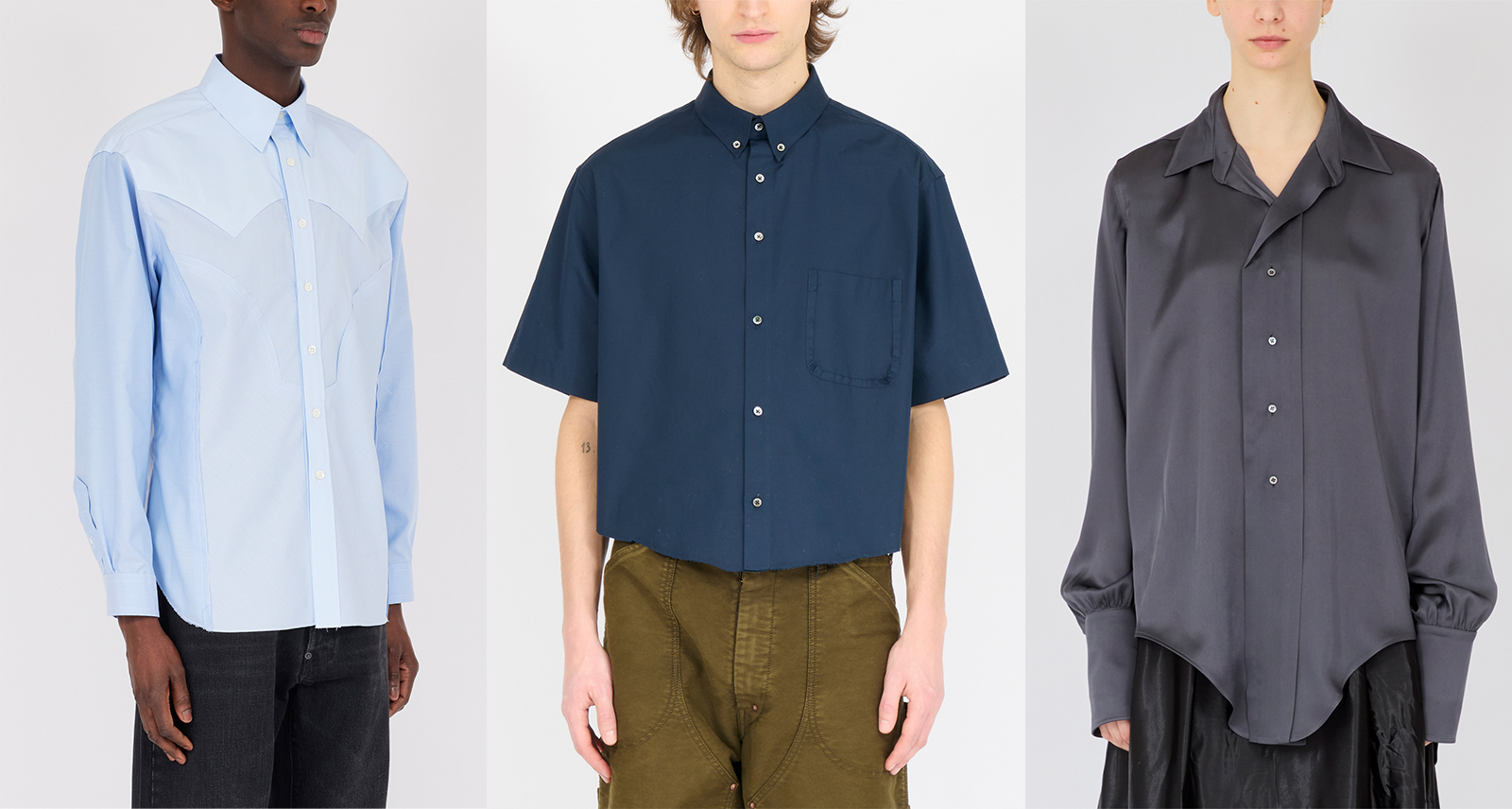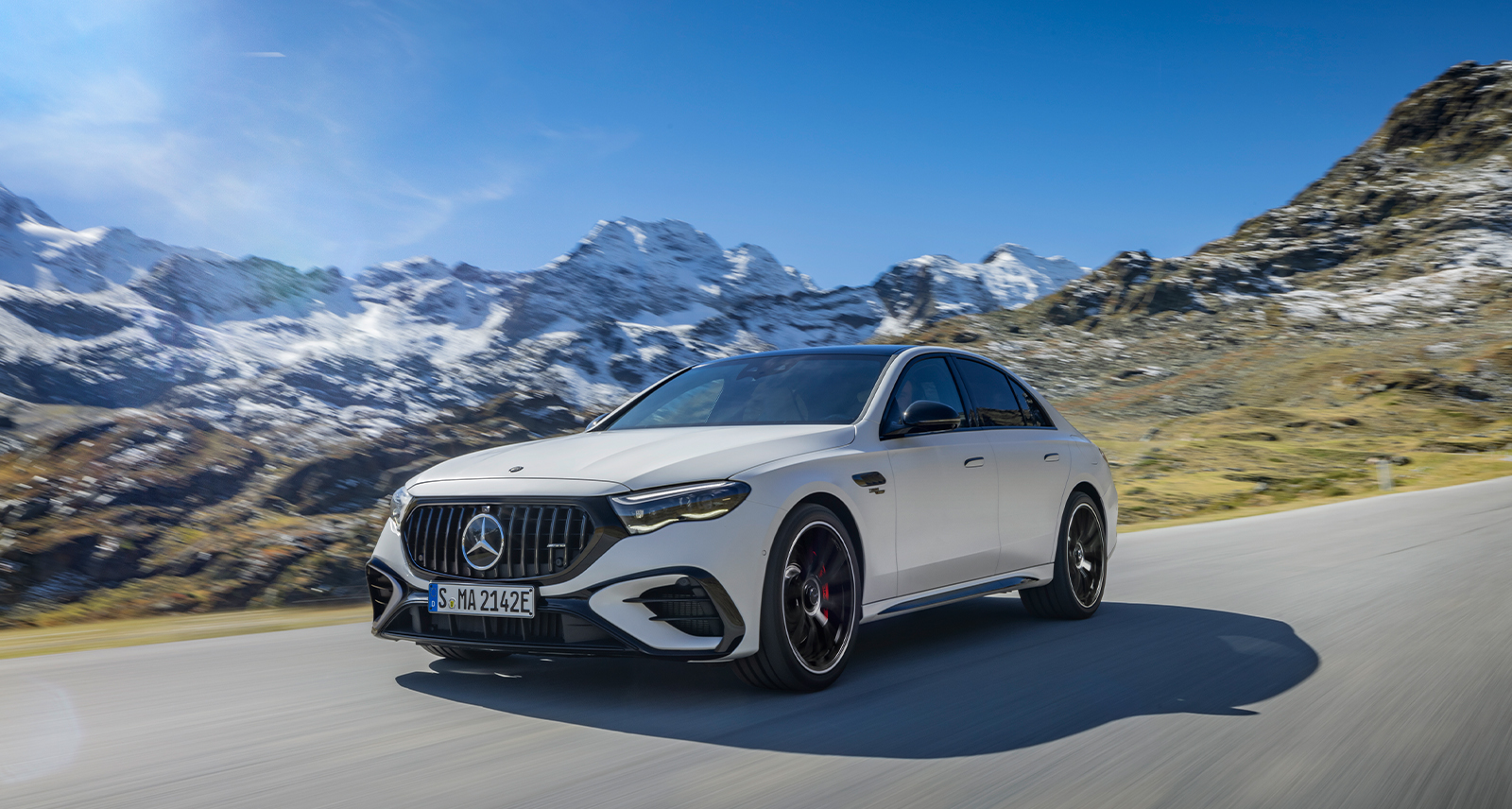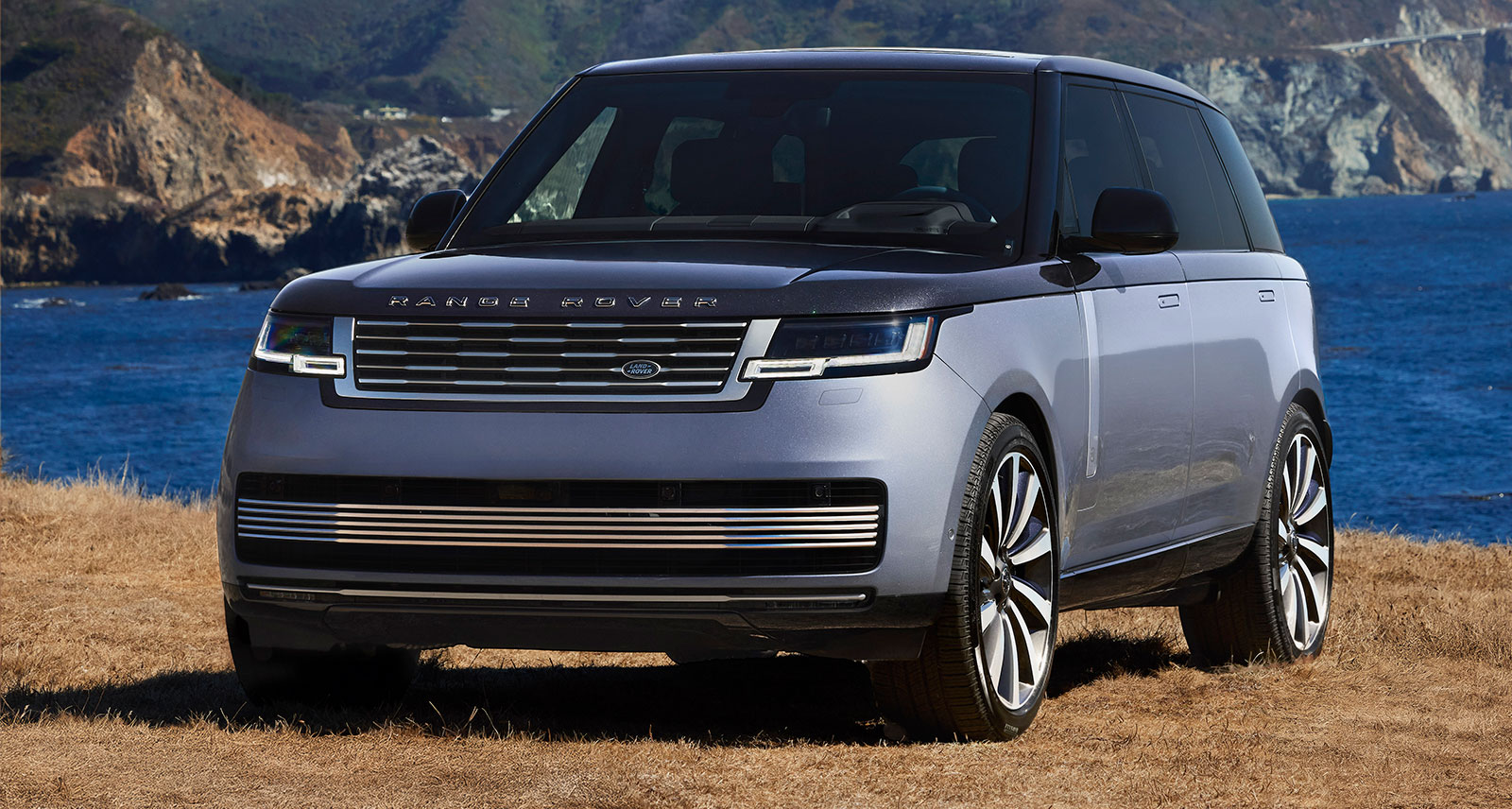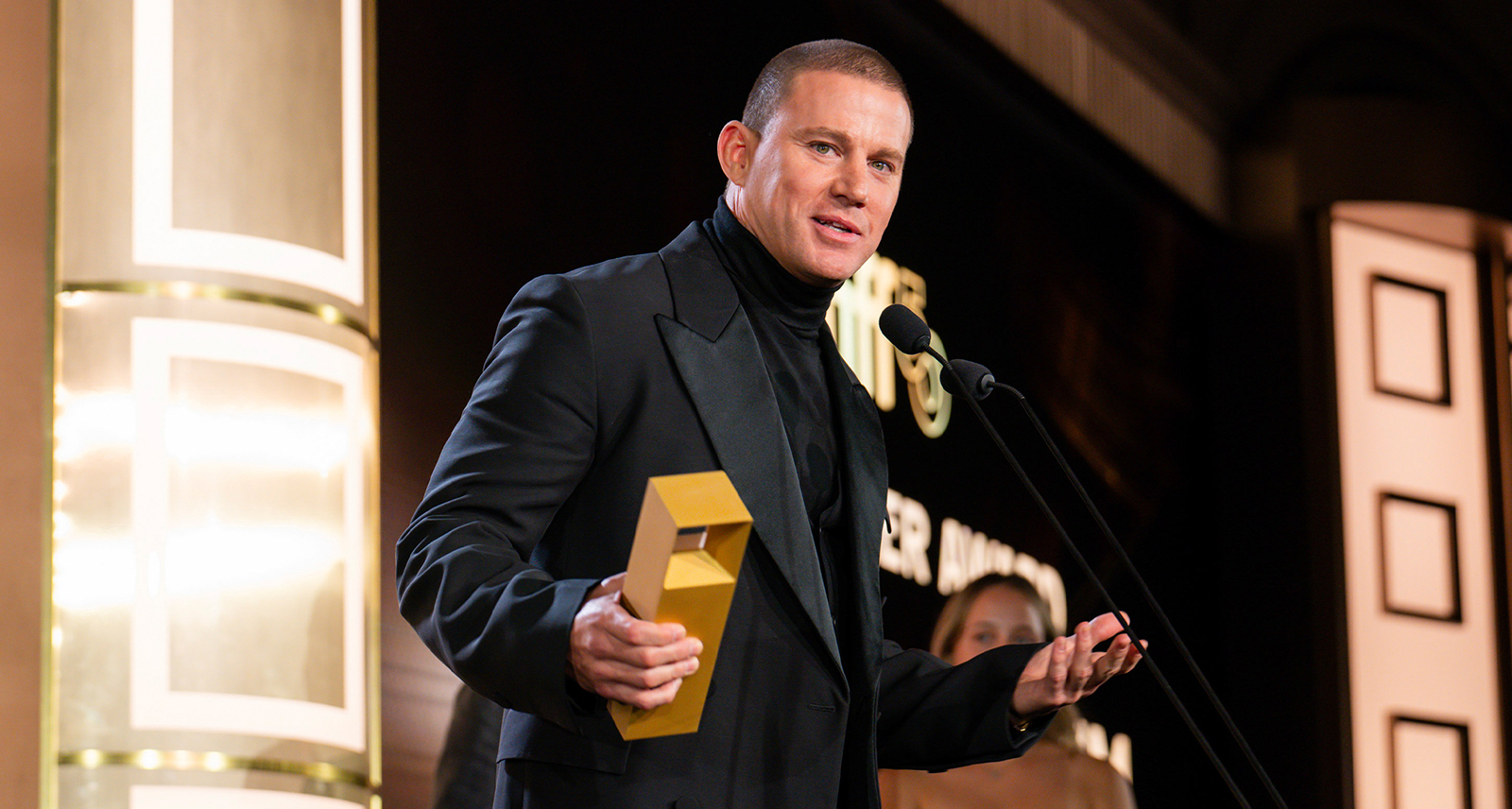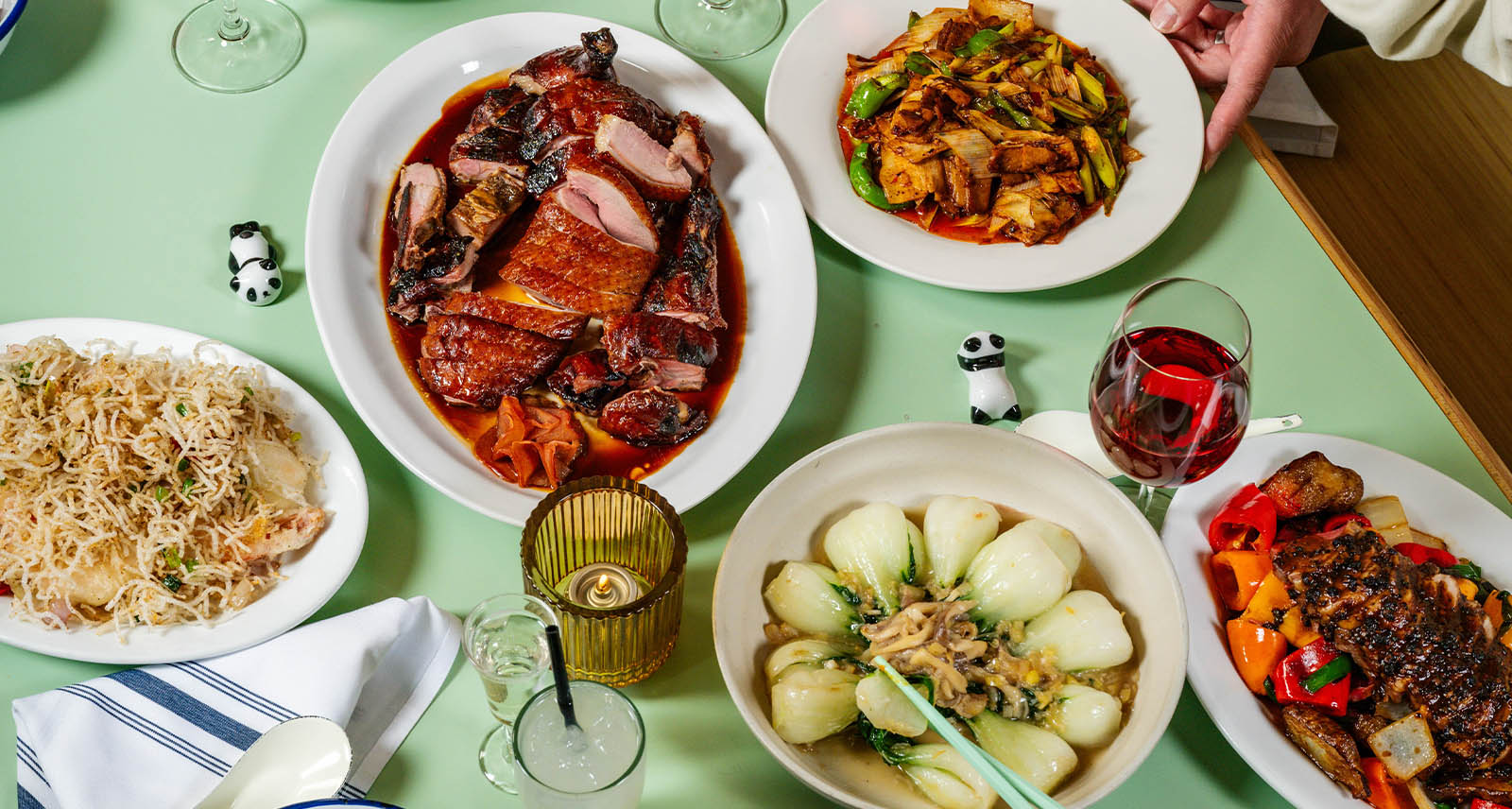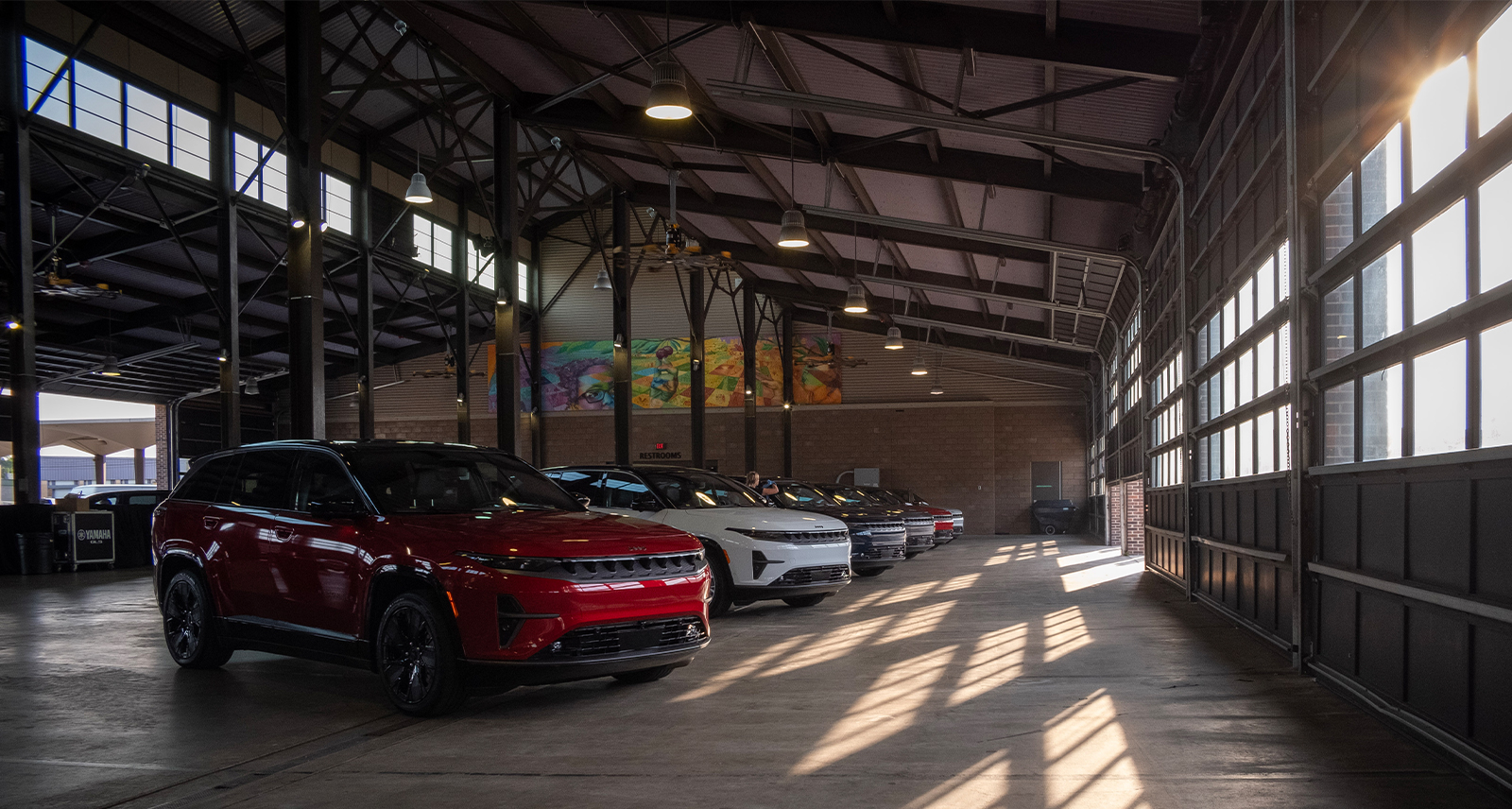How a Life-Altering Injury Turned Michael Woods into an Olympic Cyclist
Most riders on the UCI World Tour probably couldn’t point out their navicular bone if you asked them, but Mike Woods sure can.
In fact, the Ottawa native owes his cycling career to the small, boat-shaped bone in his left foot — or more precisely, to the series of stress fractures it suffered a decade ago. At the time, Woods was one of Canada’s top young middle-distance runners: a five-time national champion, he ran the mile in a tidy 3:57.48 and was ranked in the top 50 worldwide for the 1500m. But like so many guys in his early twenties, he didn’t exactly keep his long-term fitness in mind during his training: bad shoes, calorie counting by way of TV dinners, and, crucially, a post-adolescent impatience that didn’t allow injuries to get a proper chance to heal.
His running career on the skids, Woods started working a series of dead-end jobs, including a stint as a manager at a Running Room. “I felt like a Michelin-starred chef cooking at McDonald’s,” he says. “It wasn’t fun.” He also started getting on a bike for group rides and amateur races, mostly just to keep in shape. Still, it took four years and a broken foot in a 2011 10k race before he realized what everyone around him already knew: he was never going to make that glorious return to the track.
And that’s when the road started to look appealing. Woods called his local bike shop, asked if he could ride for their team, and soon started the tortuous ascent through professional cycling’s regimented hierarchy of teams and race classifications. Using the screen name Lance Bass, he also had a pretty prolific run as a troll on Strava, the competitive cycling app where pros and amateurs alike upload their best times to vie for the coveted “King of the Mountain” designation on a given course. “I just got this satisfaction — people take it so seriously — when they’d get emails that said, ‘Lance Bass just stole your KOM.’”
At the end of last season, after four brutal years of blood, sweat, and broken bones, he signed with the Cannondale Pro Cycling Team, joining only four other Canadian men in road racing’s top echelon.
At 29, Woods is one of the tour’s older “neo pros.” He specializes in climbing, the part of a race that’s most like a run. In climbing, he says, “the draft’s less important, the effort’s a lot more consistent. And the pain’s a lot more consistent.” It was a notable climb — besting fellow Canadian Ryder Hesjedal’s record ride up the Haleakala volcano in Maui — that brought him to the attention of Cannondale manager Jonathan Vaughters. But Woods is the first to admit the learning curve’s been, well, steep.
“I totally had to reset my brain a couple times,” he says. He had to get used to cycling’s quicker pace, and the myriad split-second tactical decisions that mark the difference between leading the pack and crashing your $10,000 bike. In running, it’s the strongest guy in the field who wins the race. But in cycling, it’s often the smartest. “I thought I’d throw caution to the wind, and prove how strong I was, but in doing so, I’d also come last in the results sheet.”
No longer. Woods made his pro debut at this year’s Tour Down Under in Australia, where he placed fifth overall and third on two different stages. He also had a strong showing at the Volta a Catalunya in Spain, coming in 18th against a field stacked with the winners of last year’s three Grand Tours, the Tour de France, the Giro d’Italia and the Vuelta a España. He’s now one of the top contenders for Canada’s three spots at the Summer Olympics in Rio, where the hilly, inner-city road cycling course is right in his comfort zone.
All of which isn’t to say he feels totally at home in his adoptive sport. “I still look like an idiot occasionally,” Woods admits. “Bikers in particular are such snobs! The best part about it now is people will correct me on something” — socks worn too high, say, or some other random infraction of the sport’s unwritten codes — “and I’ll just be like, well I’m a pro.”
Three Key Workouts from Mike Woods
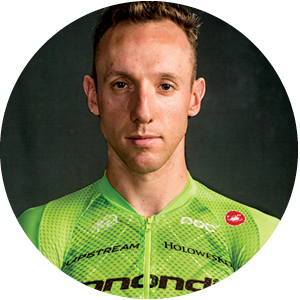
If you’re looking to move up to the next race category, or just improve your form, you could do worse than following the advice of a guy who went from beginner to pro in less than four years.
The Group Ride
“No matter your skill level or ability, this is something most riders should aim to incorporate into their weekly schedules. Group rides are where the sport is at its most dynamic: they’re fun, social, and can push you harder than when you’re riding on your own. You can learn rider etiquette, bike handling skills new rides — and where the best coffee shops are in the area.”
Tabata Intervals
“My coach incorporates Tabata intervals — intense efforts with relatively short periods of recovery — into my training on a regular basis, and they’re a great way to prep for group rides and harder climbs. Doing something like alternating 15 seconds at a sprint pace (almost max. effort) followed by 45 seconds of a threshold pace (something you can maintain for a one-hour effort) over a 5-to-10-minute period is a good example. This will help habituate you to the fluctuations of pace in a group ride, and give you that extra juice to out-sprint your rival for a town sign.”
The Long Ride
“Cycling for me is about exploring. When I’m done racing, I’ll do without the intervals and the power meters, but I’ll still map out cool new roads and places to explore. Finding a new road and seeing things that I wouldn’t see in a city are what I like most about this sport. Health benefits aside, I think going out and riding your bike for several hours in the pursuit of finding a new place makes you a better person.”
